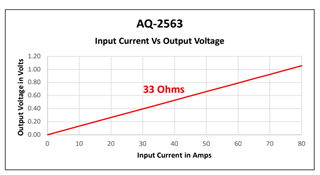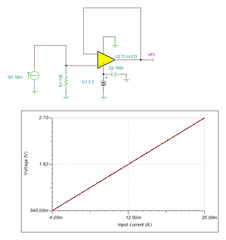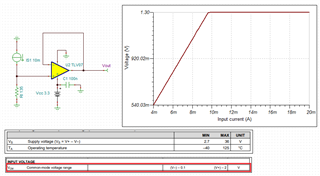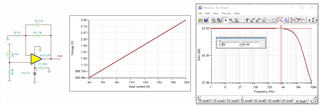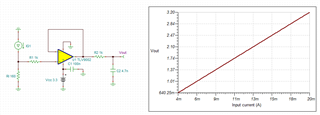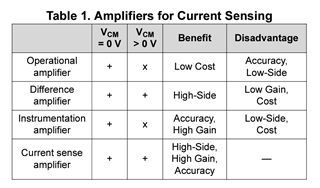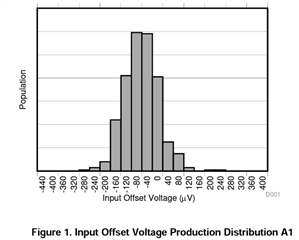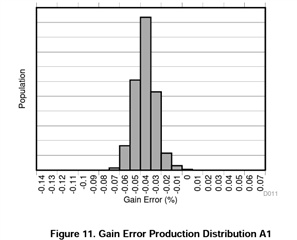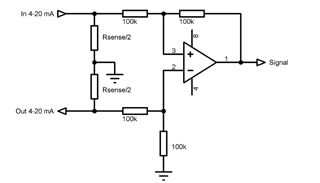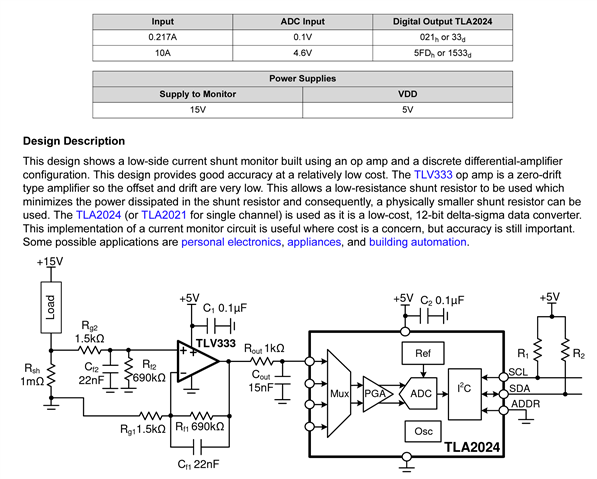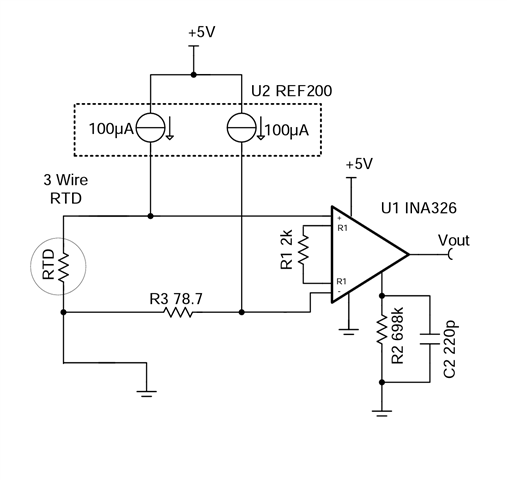Other Parts Discussed in Thread: ADS131M03-Q1, OPA835, ADS131M03, OPA392, LM2904, LM2902, TLV9001, TLV9002, LM2904B, LM2904LV, LMV321, INA181, INA351, TLV333, TLV07, XTR117, XTR115, XTR116, INA146, INA149, INA148, INA132, INA213, INA185, TMP61, ADS1120
Dear community members,
I recently came across the OPA2835 in the RUN-Package, which features integrated gain setting resistors capable of achieving various inverting attenuations (-0.1429, -0.1875, -0.25, -0.33, -0.75). I was wondering if anyone could recommend cost-optimized alternatives of similar OpAmps that also include built-in gain setting resistors for attenuation.
Additionally, if anyone could provide a reference design that could assist us in our final circuit design, it would be greatly appreciated.
Our specific requirements involve attenuating 0-5V and 0-10V signals to:
1) A 0 to 3.3V signal for our ADC on the MCU
2) A -1.2 to 1.2V signal for the ADS131M03-Q1 ADC (or single-ended input to this ADC)
The solution we are developing is a temperature & Current sensor-based Data Acquisition module for Micro & Small Industries in India and is a highly cost-sensitive application that requires maximum accuracy that we can afford. Our target error in the driver circuitry is 0.25%, better accuracy would further help improve our Condition Monitoring insights.
Any guidance or suggestions would be highly valued.
Thank you.
Regards.


